Home / recipes / Vegetable Chutney Recipe: A Flavorful and Nutritious Delight
Vegetable Chutney Recipe: A Flavorful and Nutritious Delight
By: My India Times
5 minutes read 104Updated At: 2025-01-17
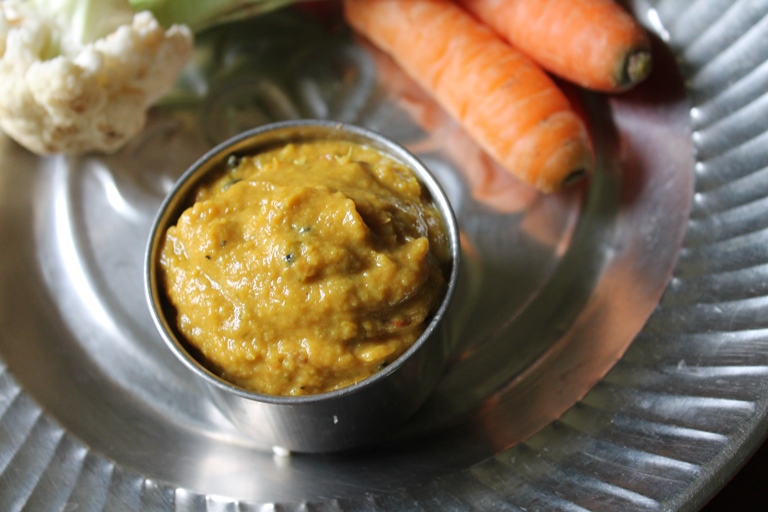
Vegetable chutney is an exciting, flavorful, and nutritious side dish that can add a fresh burst of flavor to your meals. Whether you’re enjoying it with dosas, idlis, parathas, or simply as a tangy dip for your snacks, vegetable chutney brings an irresistible zest to every bite. Packed with the goodness of vegetables, herbs, and aromatic spices, this chutney is not only a treat for your taste buds but also a powerhouse of nutrition. Let’s dive into this easy-to-make recipe that’s bound to become a family favorite!
Ingredients for Vegetable Chutney:
- Mixed Vegetables (carrot, cucumber, tomato, capsicum) – 1 cup (chopped)
- Green Chilies – 2-3 (adjust based on spice preference)
- Fresh Ginger – 1-inch piece (peeled and chopped)
- Garlic – 2-3 cloves (crushed)
- Curry Leaves – 8-10 (fresh)
- Tamarind Paste – 1 tbsp (for a tangy twist)
- Fresh Coriander Leaves – a handful (finely chopped)
- Mint Leaves – a handful (optional for added freshness)
- Cumin Seeds – 1 tsp (for earthy flavor)
- Mustard Seeds – 1/2 tsp (adds warmth)
- Turmeric Powder – 1/4 tsp (for color and health benefits)
- Asafoetida (Hing) – a pinch (to enhance aroma)
- Salt – to taste (season as you prefer)
- Oil – 1 tbsp (for tempering)
- Water – as needed (to achieve desired consistency)
Step-by-Step Instructions:
Step 1: Prep the Vegetables
Begin by washing and peeling the vegetables as necessary. Chop the carrots, cucumber, tomato, and capsicum into small pieces. The combination of these fresh vegetables forms the vibrant base of your chutney and provides a delightful crunch.
Step 2: Sauté the Ingredients
In a deep pan or skillet, heat 1 tablespoon of oil over medium flame. Add cumin seeds, mustard seeds, and curry leaves, allowing them to splutter and release their earthy fragrance. Once they’ve spluttered, toss in the chopped green chilies, crushed garlic, and ginger. Sauté for a minute or so, until the spices and aromatics release their full flavor, creating a fragrant base for the chutney.
Step 3: Add the Vegetables
Now, add the chopped vegetables to the pan. Stir well and cook for another 2-3 minutes. The goal here is not to overcook but to allow the vegetables to soften slightly while preserving their natural textures and nutrients. This step brings out the natural sweetness of the veggies, enhancing the chutney’s flavor.
Step 4: Blend into a Smooth Paste
Once the vegetable mixture has cooled down, transfer it into a blender or food processor. Add tamarind paste for a tangy punch, followed by fresh coriander and mint leaves for a burst of herbal freshness. Sprinkle in turmeric powder and a pinch of asafoetida to elevate the taste. Add salt to your preference. Blend everything until you achieve a smooth and creamy chutney. If the mixture is too thick, you can add a little water to adjust the consistency to your liking.
Step 5: Tempering (Tadka) for Extra Flavor
In the same pan, heat a little oil for the tempering process. Add mustard seeds and cumin seeds, and once they begin to splutter, pour this aromatic tempering over the chutney. The tempering infuses the chutney with a warm, nutty flavor, making it even more irresistible. Stir the chutney well to combine the flavors.
Step 6: Serve and Savor
Your homemade vegetable chutney is now ready to be served! This chutney pairs wonderfully with dosas, idlis, rice, parathas, and even as a dipping sauce for snacks like samosas or pakoras. You can store it in an airtight container in the refrigerator for up to 3-4 days, although it’s so delicious, it probably won’t last that long!
Health Benefits of Vegetable Chutney:
- Packed with Nutrients: This chutney is rich in essential vitamins, minerals, and antioxidants, thanks to the variety of fresh vegetables used.
- Boosts Digestion: Ingredients like ginger, garlic, and tamarind work wonders for digestive health, helping your gut function optimally.
- Low-Calorie, High in Fiber: The chutney is low in calories, making it an excellent choice for those looking to maintain a healthy diet while still enjoying flavorful food.
- Antioxidant-Rich: Vegetables such as tomatoes and capsicum are rich in antioxidants, which help combat oxidative stress and support overall health.
- Hydrating: The water content in vegetables like cucumber and tomato makes this chutney naturally hydrating, perfect for a refreshing side dish.
Pro Tips for the Perfect Vegetable Chutney:
- Customize the Spice Level: If you prefer your chutney milder, reduce the number of green chilies. Conversely, you can add more chilies for an extra kick of heat.
- Experiment with Sweetness: For a hint of sweetness, you can add a small amount of jaggery or brown sugar, balancing the tanginess and spice.
- Try Different Herbs: If you’re out of mint, try substituting it with fresh basil or parsley for a different yet equally refreshing taste.
- Chunky or Smooth: Depending on your preference, you can blend the chutney to a smooth paste or leave it a little chunky for added texture.
Why You Should Make Vegetable Chutney Today:
Vegetable chutney is a vibrant and versatile dish that’s both healthy and delicious. The natural sweetness of the vegetables combined with the heat from the spices and the tang from the tamarind makes this chutney a delightful addition to any meal. Plus, it’s easy to make, packed with nutrients, and a great way to incorporate more vegetables into your diet. Give this recipe a try today, and you’ll never look at chutney the same way again!
Conclusion:
This vegetable chutney recipe is an explosion of flavors that perfectly complements a variety of dishes. It’s not just a condiment but a nutrient-packed addition to your meal that everyone will enjoy. Whether you're looking to boost your intake of fresh vegetables or simply craving a flavorful accompaniment, this chutney is sure to satisfy your taste buds. So, roll up your sleeves, gather your ingredients, and treat yourself and your family to this simple yet flavorful chutney today!
....Vegetable chutney is an exciting, flavorful, and nutritious side dish that can add a fresh burst of flavor to your meals. Whether you’re enjoying it with dosas, idlis, parathas, or simply as a tangy dip for your snacks, vegetable chutney brings an irresistible zest to every bite. Packed with the goodness of vegetables, herbs, and aromatic spices, this chutney is not only a treat for your taste buds but also a powerhouse of nutrition. Let’s dive into this easy-to-make recipe that’s bound to become a family favorite!
Ingredients for Vegetable Chutney:
- Mixed Vegetables (carrot, cucumber, tomato, capsicum) – 1 cup (chopped)
- Green Chilies – 2-3 (adjust based on spice preference)
- Fresh Ginger – 1-inch piece (peeled and chopped)
- Garlic – 2-3 cloves (crushed)
- Curry Leaves – 8-10 (fresh)
- Tamarind Paste – 1 tbsp (for a tangy twist)
- Fresh Coriander Leaves – a handful (finely chopped)
- Mint Leaves – a handful (optional for added freshness)
- Cumin Seeds – 1 tsp (for earthy flavor)
- Mustard Seeds – 1/2 tsp (adds warmth)
- Turmeric Powder – 1/4 tsp (for color and health benefits)
- Asafoetida (Hing) – a pinch (to enhance aroma)
- Salt – to taste (season as you prefer)
- Oil – 1 tbsp (for tempering)
- Water – as needed (to achieve desired consistency)
Step-by-Step Instructions:
Step 1: Prep the Vegetables
Begin by washing and peeling the vegetables as necessary. Chop the carrots, cucumber, tomato, and capsicum into small pieces. The combination of these fresh vegetables forms the vibrant base of your chutney and provides a delightful crunch.
Step 2: Sauté the Ingredients
In a deep pan or skillet, heat 1 tablespoon of oil over medium flame. Add cumin seeds, mustard seeds, and curry leaves, allowing them to splutter and release their earthy fragrance. Once they’ve spluttered, toss in the chopped green chilies, crushed garlic, and ginger. Sauté for a minute or so, until the spices and aromatics release their full flavor, creating a fragrant base for the chutney.
Step 3: Add the Vegetables
Now, add the chopped vegetables to the pan. Stir well and cook for another 2-3 minutes. The goal here is not to overcook but to allow the vegetables to soften slightly while preserving their natural textures and nutrients. This step brings out the natural sweetness of the veggies, enhancing the chutney’s flavor.
Step 4: Blend into a Smooth Paste
Once the vegetable mixture has cooled down, transfer it into a blender or food processor. Add tamarind paste for a tangy punch, followed by fresh coriander and mint leaves for a burst of herbal freshness. Sprinkle in turmeric powder and a pinch of asafoetida to elevate the taste. Add salt to your preference. Blend everything until you achieve a smooth and creamy chutney. If the mixture is too thick, you can add a little water to adjust the consistency to your liking.
Step 5: Tempering (Tadka) for Extra Flavor
In the same pan, heat a little oil for the tempering process. Add mustard seeds and cumin seeds, and once they begin to splutter, pour this aromatic tempering over the chutney. The tempering infuses the chutney with a warm, nutty flavor, making it even more irresistible. Stir the chutney well to combine the flavors.
Step 6: Serve and Savor
Your homemade vegetable chutney is now ready to be served! This chutney pairs wonderfully with dosas, idlis, rice, parathas, and even as a dipping sauce for snacks like samosas or pakoras. You can store it in an airtight container in the refrigerator for up to 3-4 days, although it’s so delicious, it probably won’t last that long!
Health Benefits of Vegetable Chutney:
- Packed with Nutrients: This chutney is rich in essential vitamins, minerals, and antioxidants, thanks to the variety of fresh vegetables used.
- Boosts Digestion: Ingredients like ginger, garlic, and tamarind work wonders for digestive health, helping your gut function optimally.
- Low-Calorie, High in Fiber: The chutney is low in calories, making it an excellent choice for those looking to maintain a healthy diet while still enjoying flavorful food.
- Antioxidant-Rich: Vegetables such as tomatoes and capsicum are rich in antioxidants, which help combat oxidative stress and support overall health.
- Hydrating: The water content in vegetables like cucumber and tomato makes this chutney naturally hydrating, perfect for a refreshing side dish.
Pro Tips for the Perfect Vegetable Chutney:
- Customize the Spice Level: If you prefer your chutney milder, reduce the number of green chilies. Conversely, you can add more chilies for an extra kick of heat.
- Experiment with Sweetness: For a hint of sweetness, you can add a small amount of jaggery or brown sugar, balancing the tanginess and spice.
- Try Different Herbs: If you’re out of mint, try substituting it with fresh basil or parsley for a different yet equally refreshing taste.
- Chunky or Smooth: Depending on your preference, you can blend the chutney to a smooth paste or leave it a little chunky for added texture.
Why You Should Make Vegetable Chutney Today:
Vegetable chutney is a vibrant and versatile dish that’s both healthy and delicious. The natural sweetness of the vegetables combined with the heat from the spices and the tang from the tamarind makes this chutney a delightful addition to any meal. Plus, it’s easy to make, packed with nutrients, and a great way to incorporate more vegetables into your diet. Give this recipe a try today, and you’ll never look at chutney the same way again!
Conclusion:
This vegetable chutney recipe is an explosion of flavors that perfectly complements a variety of dishes. It’s not just a condiment but a nutrient-packed addition to your meal that everyone will enjoy. Whether you're looking to boost your intake of fresh vegetables or simply craving a flavorful accompaniment, this chutney is sure to satisfy your taste buds. So, roll up your sleeves, gather your ingredients, and treat yourself and your family to this simple yet flavorful chutney today!
By: My India Times
Updated At: 2025-01-17
Tags: recipes News | My India Times News | Trending News | Travel News
Join our WhatsApp Channel





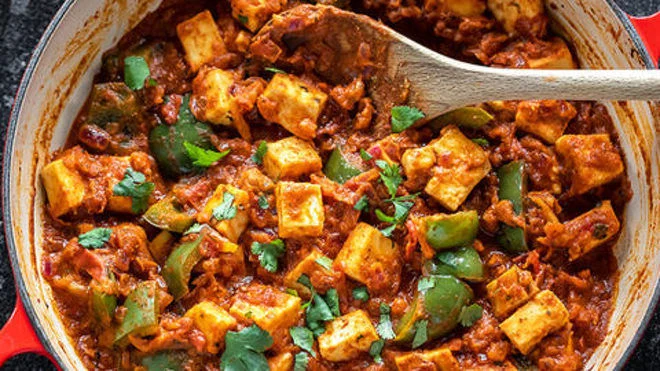

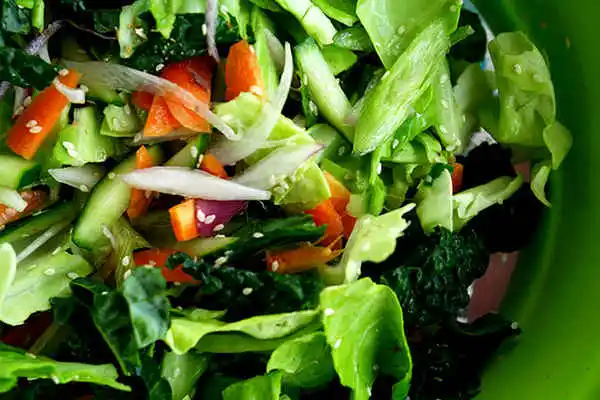

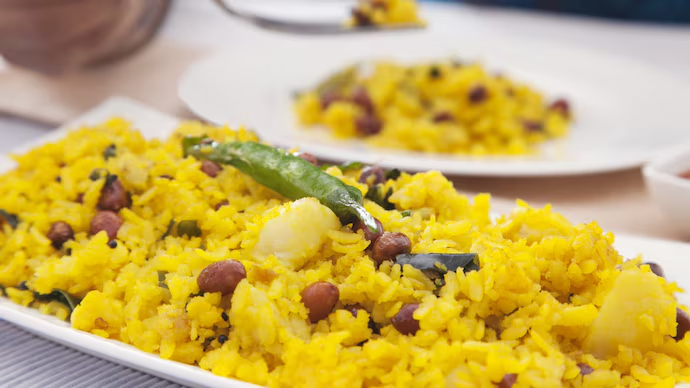
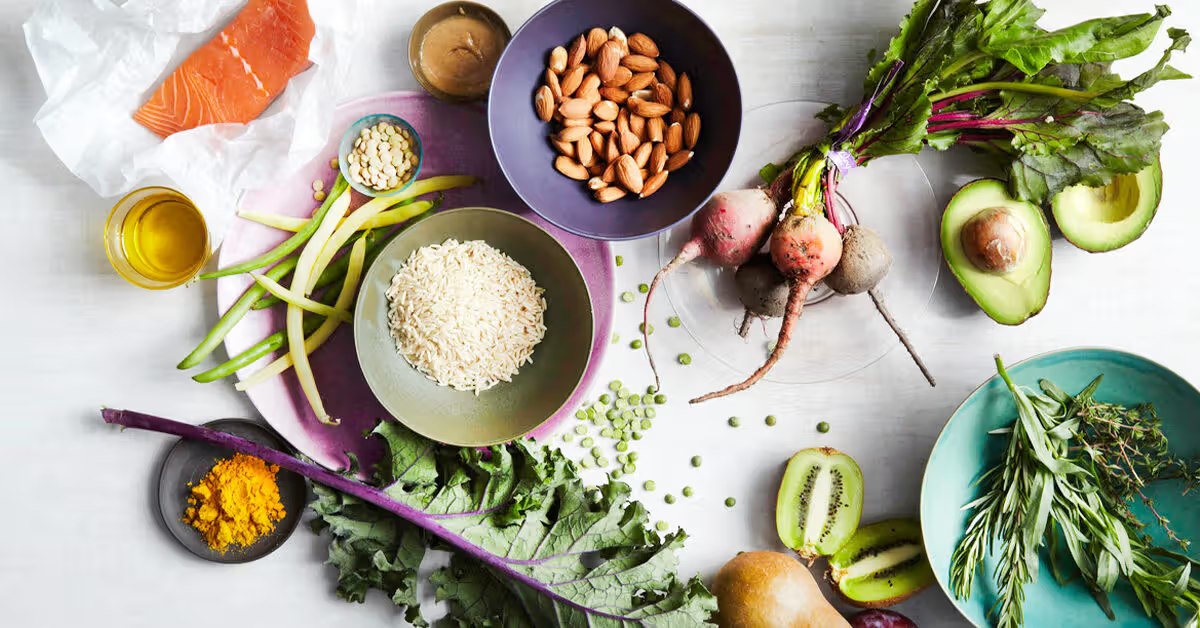
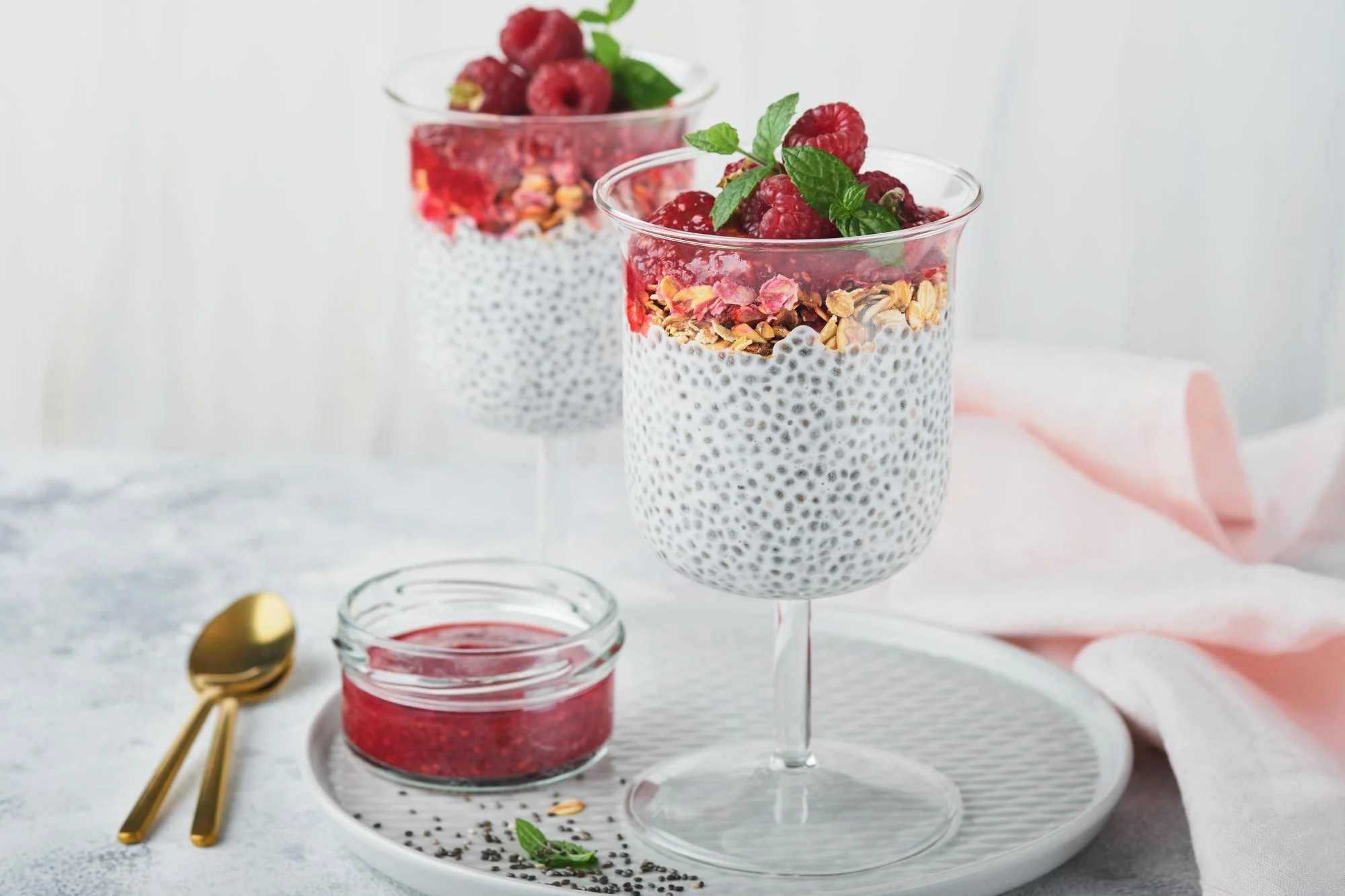



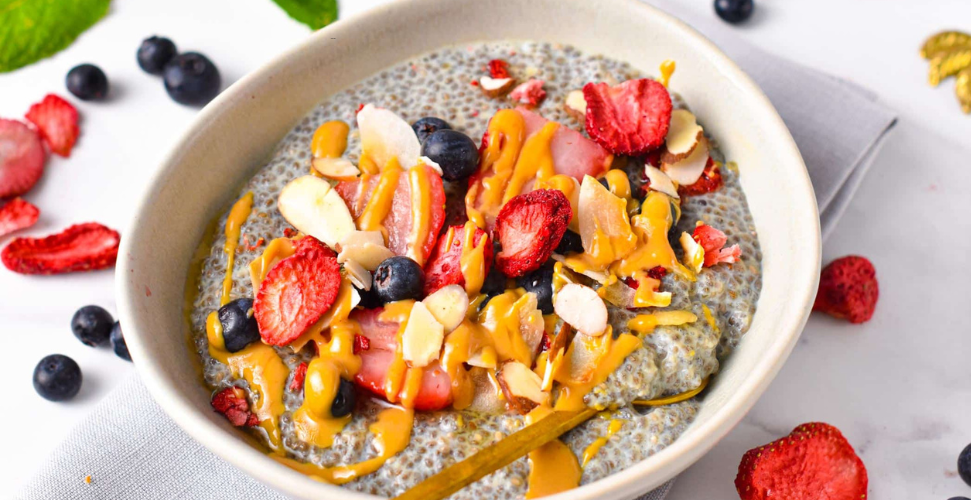



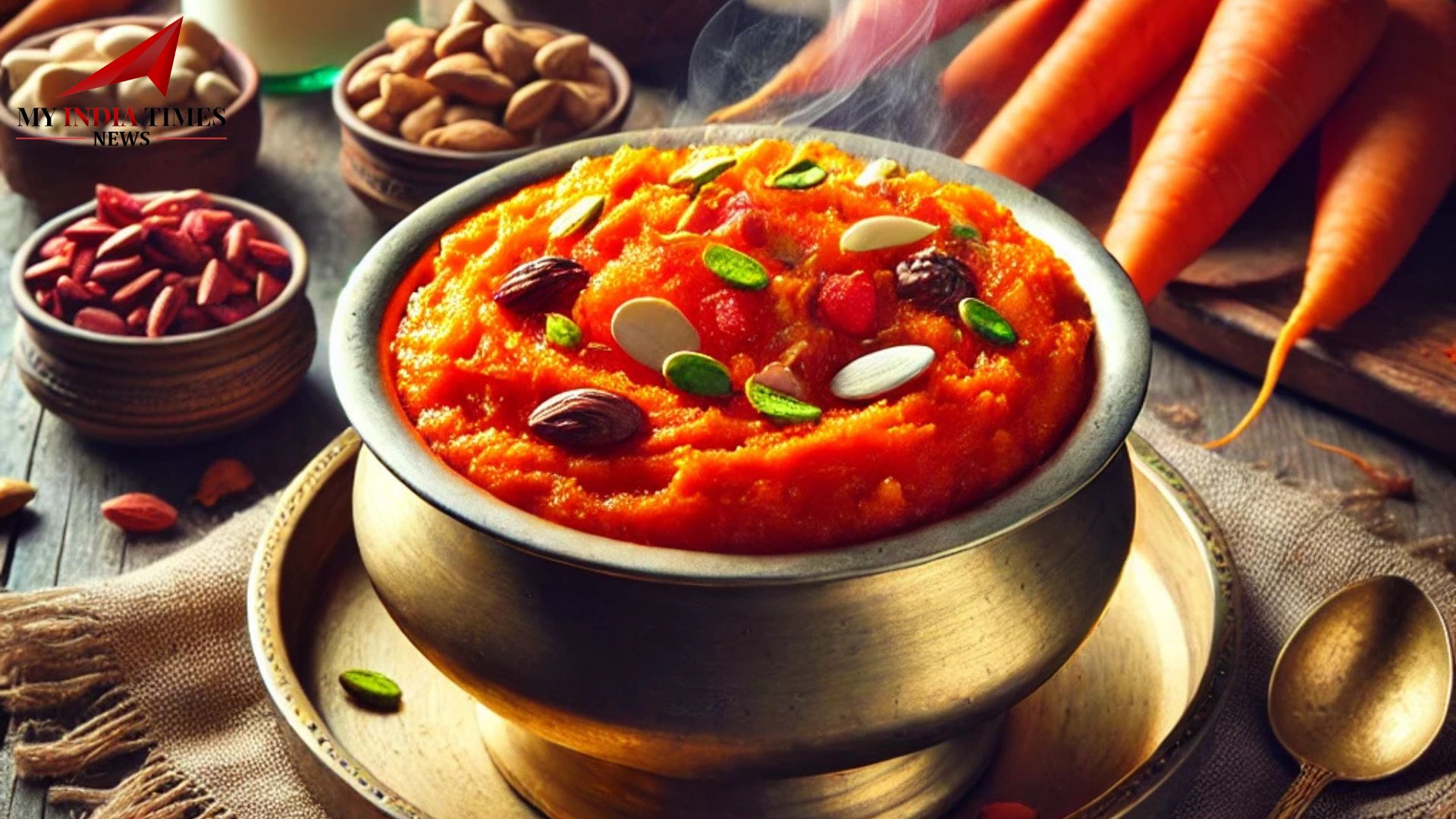
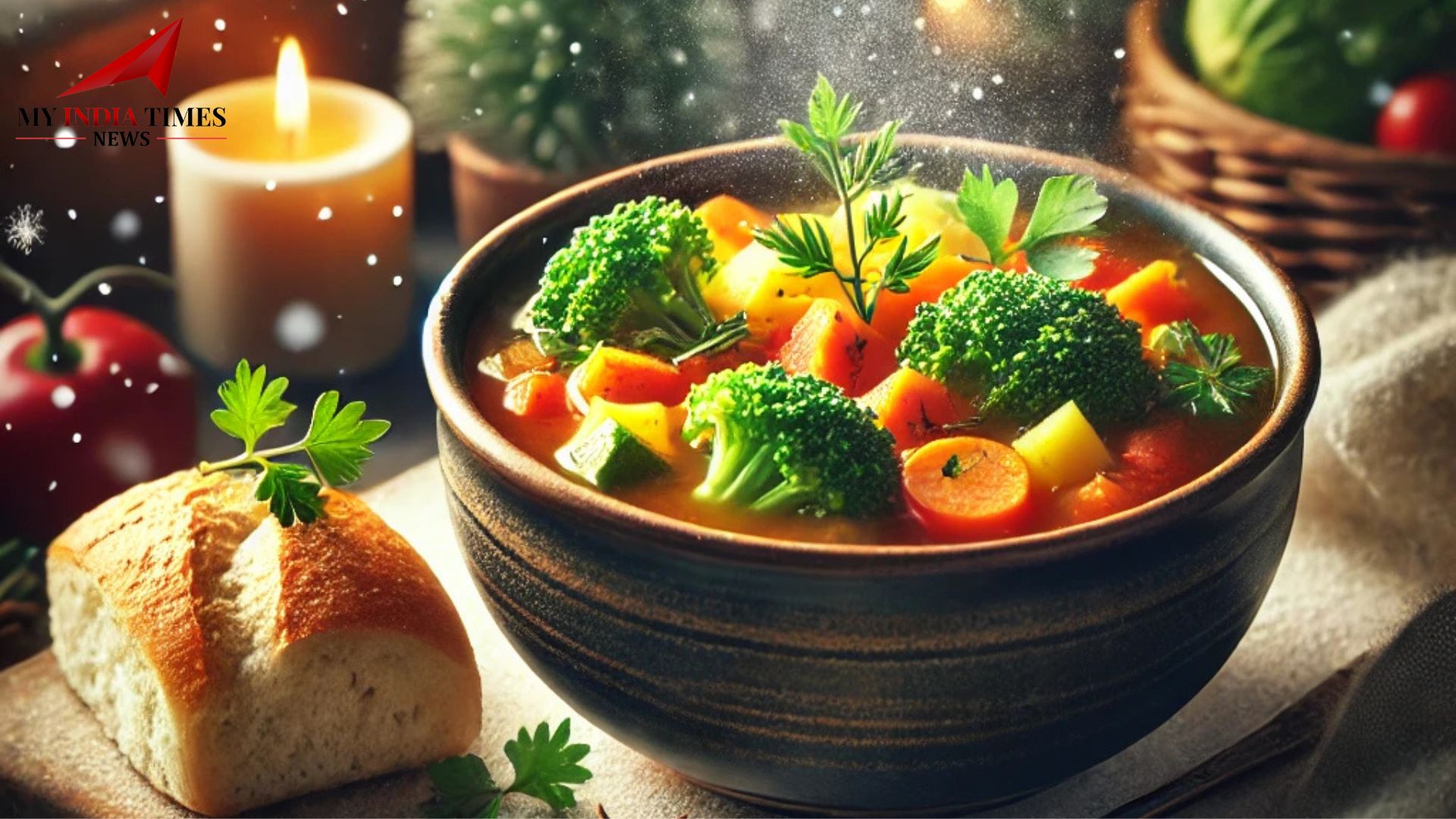
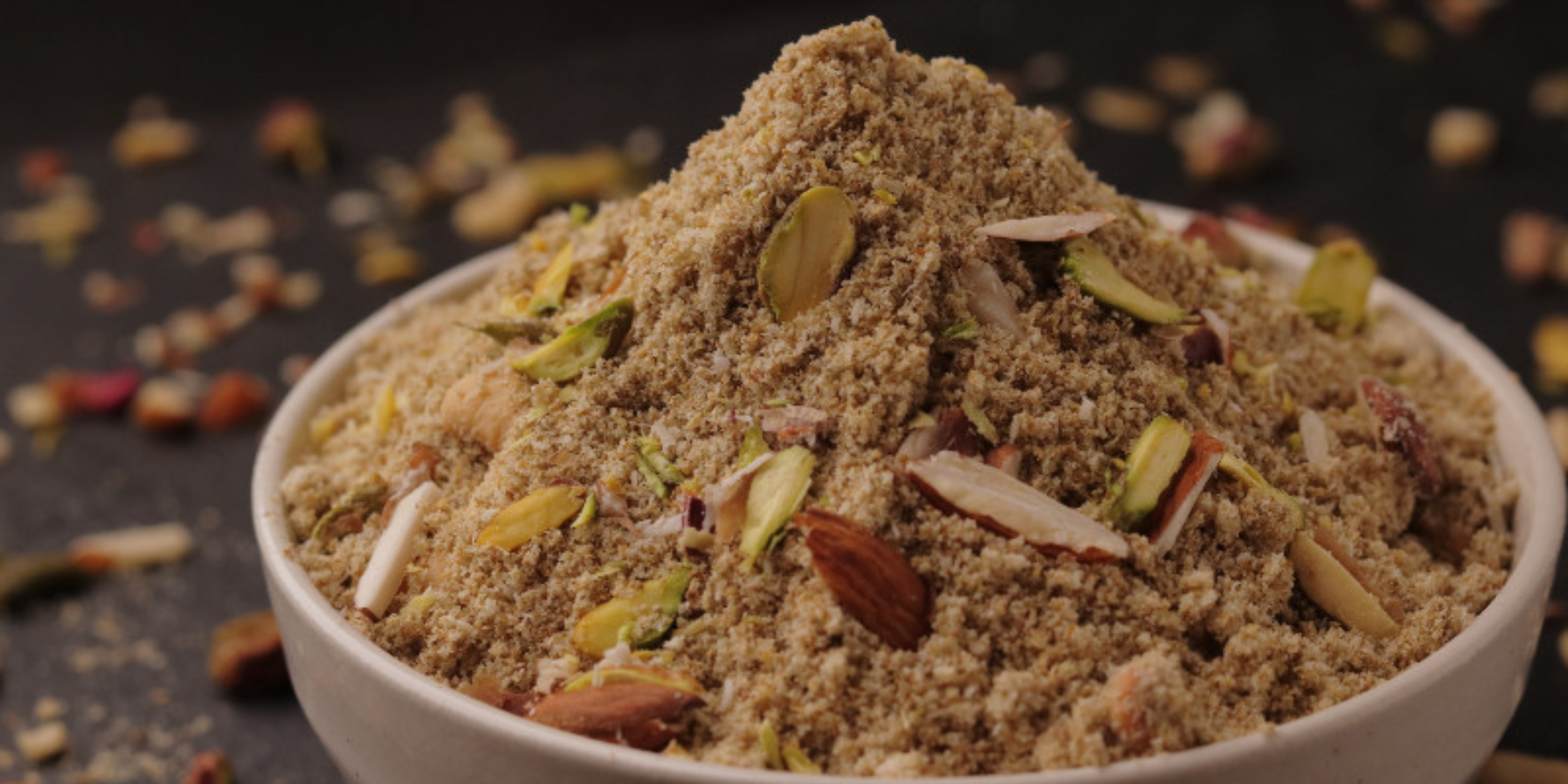





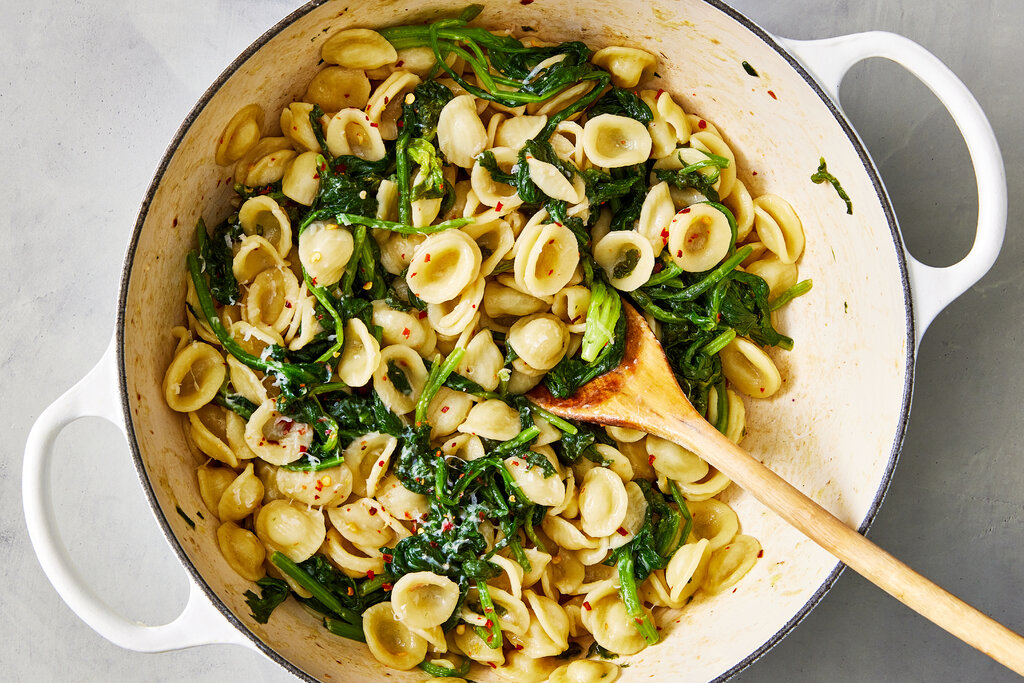



























































































.png)
 (1).png)























